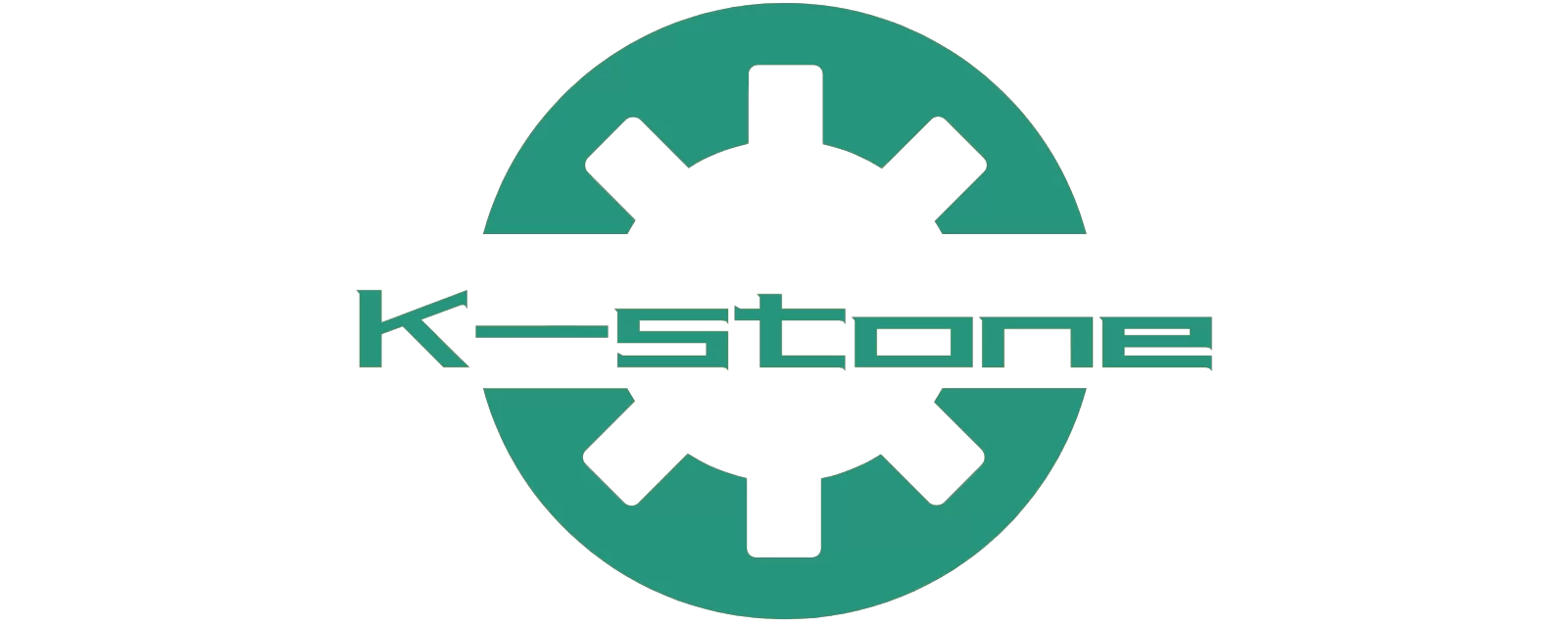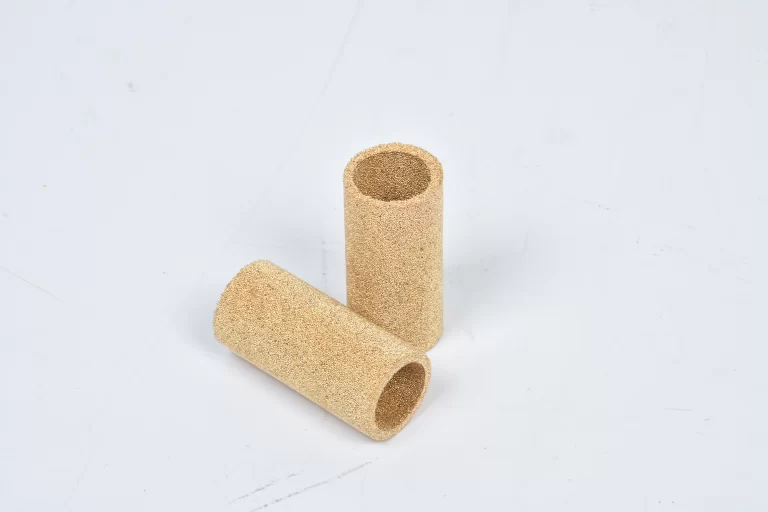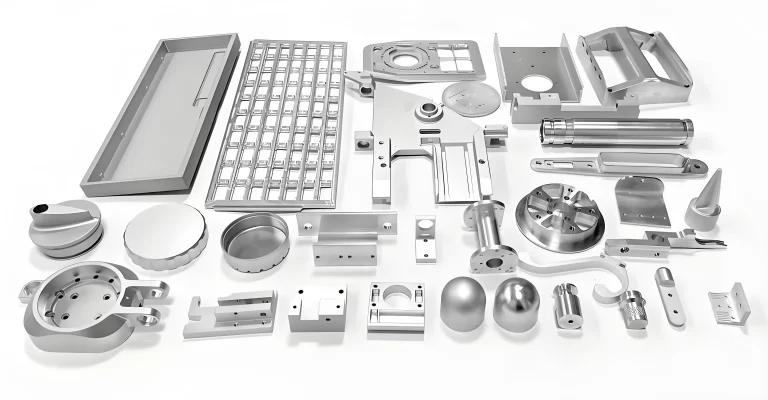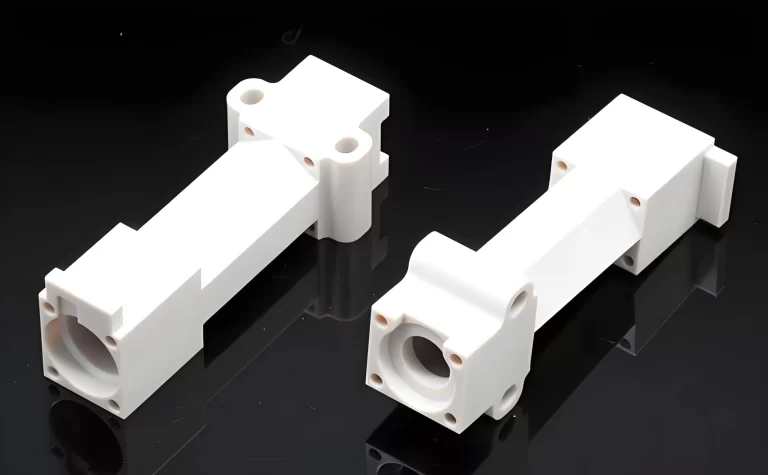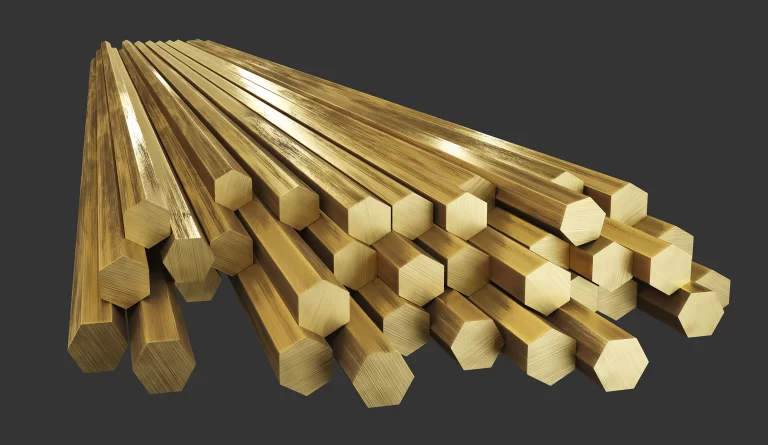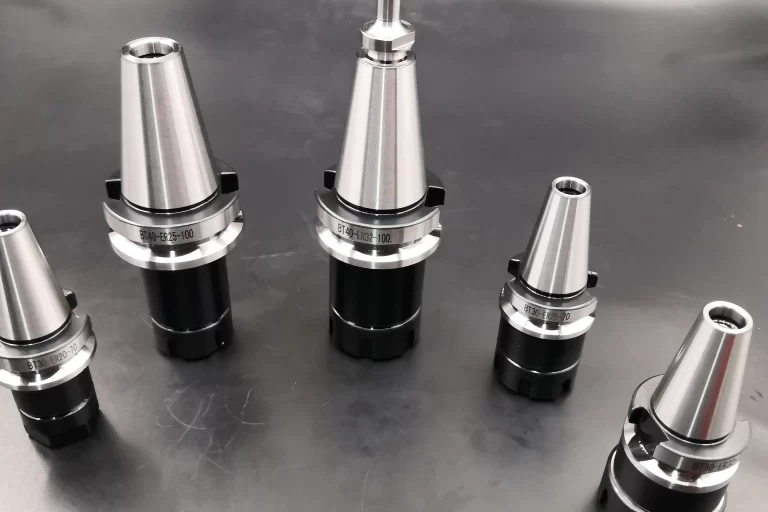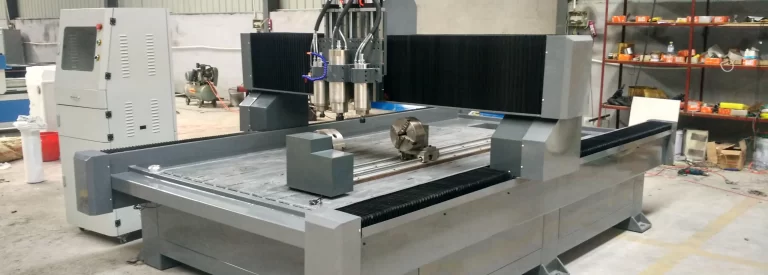Iron powder is a key ingredient in today’s industry. It powers innovation and efficiency in several fields. Take an in-depth look at what it is, what it’s used for, and how it relates to sintered metals and metal powder injection molding (MIM).
What Is Iron Powder?
It consists of tiny iron particles. Manufacturers use different methods to make it to meet various needs. For example, atomization sprays molten iron into droplets that harden into powder. Reduction uses chemicals to turn oxidized iron into pure iron. Electrolysis uses electricity to deposit iron into fine particles.
Each method shapes the size and characteristics of the powder. This flexibility makes it adaptable to a variety of tasks. It is also popular because of its strength and low cost.
According to the particle size, it is customarily categorized into five grades: coarse powder, medium powder, fine powder, microfine powder and ultrafine powder.
Chemical Composition
| Element | Fe | C | O | N | S | P |
|---|---|---|---|---|---|---|
| Percentage | Min. 99.7% | Max. 0.05% | Max. 0.15% | Max. 0.05% | Max. 0.01% | Max. 0.01% |
Uses of Iron Powder
- Sintered Metal Parts: Manufacturers made it into items of varying forms. The iron powder is first pressed and then heated to make the particles bond. This process, called sintering, creates strong parts.
- Metal Powder InjectionMolding (MIM): Iron powder mixes with a binder for small, detailed parts. Think watch gears or medical tools. After molding, sintering hardens the design.
- Welding: Adding it to the electrode improves the quality of the weld. It ensures a stronger, smoother connection.
- Printing: Copiers and printers use it in toner. Helps to transfer images clearly.
- Magnets: Its magnetic nature aids in building electromagnetic devices.
How Does Iron Powder Link to Sintered Metal?
Sintered metal relies primarily on iron powder. The sintering process begins by pressing it into a certain shape. Then, the particles are heated and bonded without completely melting. This creates durable, porous parts such as bearings or filters.
It is inexpensive and low-cost, making it ideally suited for this role. In addition, its availability ensures consistent production. For industries that require robust components, they fit the bill. But this is not its only advantage.
What’s Its Role in MIM?
Metal powder injection molding also depends on iron powder. Here’s how it works: fine iron powder blends with a binder. This mix gets molded into complex shapes. After removing the binder, sintering strengthens the part.
Precision small objects such as tool bits or electronic parts. The small size of the iron powder allows for complex designs. Its sintered strength ensures quality. Therefore, metal powder injection molding utilizes it to create fine, reliable products.
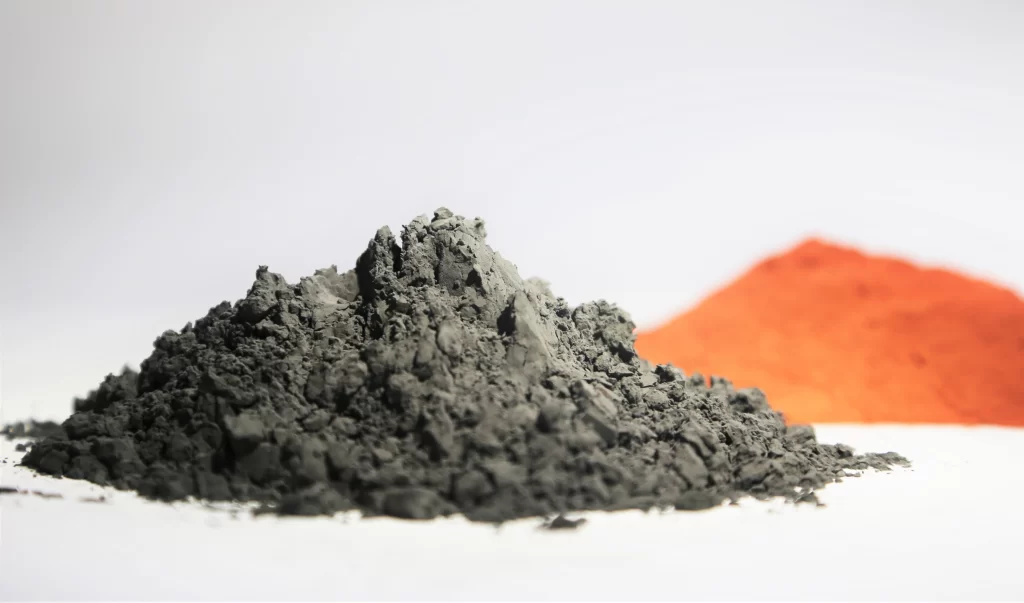
Why It Matters
Iron powder stands out for its versatility. It supports sintered metal and MIM with ease. Beyond that, it drives welding, printing, and magnet production. Its low cost and adaptability keep it in demand.
For manufacturers, it means efficiency. It turns ideas into real, functional items. Whether shaping a gear or a medical device, it plays a central role. That’s why it remains essential in modern production.
- Phone: 0086 – 577 – 8551 1172
- E-mail: [email protected]
We just need a couple of hours!
Send us a message if you have any questions or request a quote. Our experts will give you a reply within 24 hours and help you select the right product you need.
